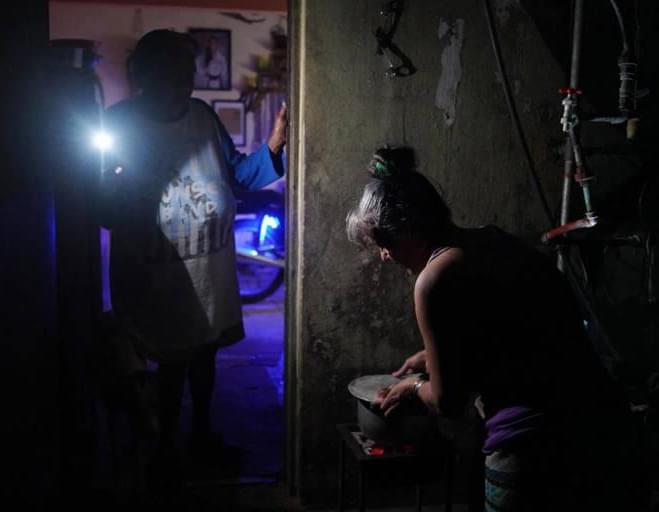78K likes, — ianthebroker on October 12, 2024: ‘Talking to Tesla’s Optimus robot feels like the future is NOW! 🤖🚀 This ultra-realistic robot just got unveiled, and it’s already blowing minds. Elon Musk says this could be the biggest product ever created, and after seeing it in action, I believe it. Imagine robots seamlessly interacting with humans in everyday life—what a time to be alive! 🔥 #Tesla #OptimusRobot #ElonMusk #TeslaAI #FutureTech #RoboticsRevolution #TechInnovation #AI #TheFutureIsNow #AutonomousRobots #TeslaUnveiled #irobot #werobot’






